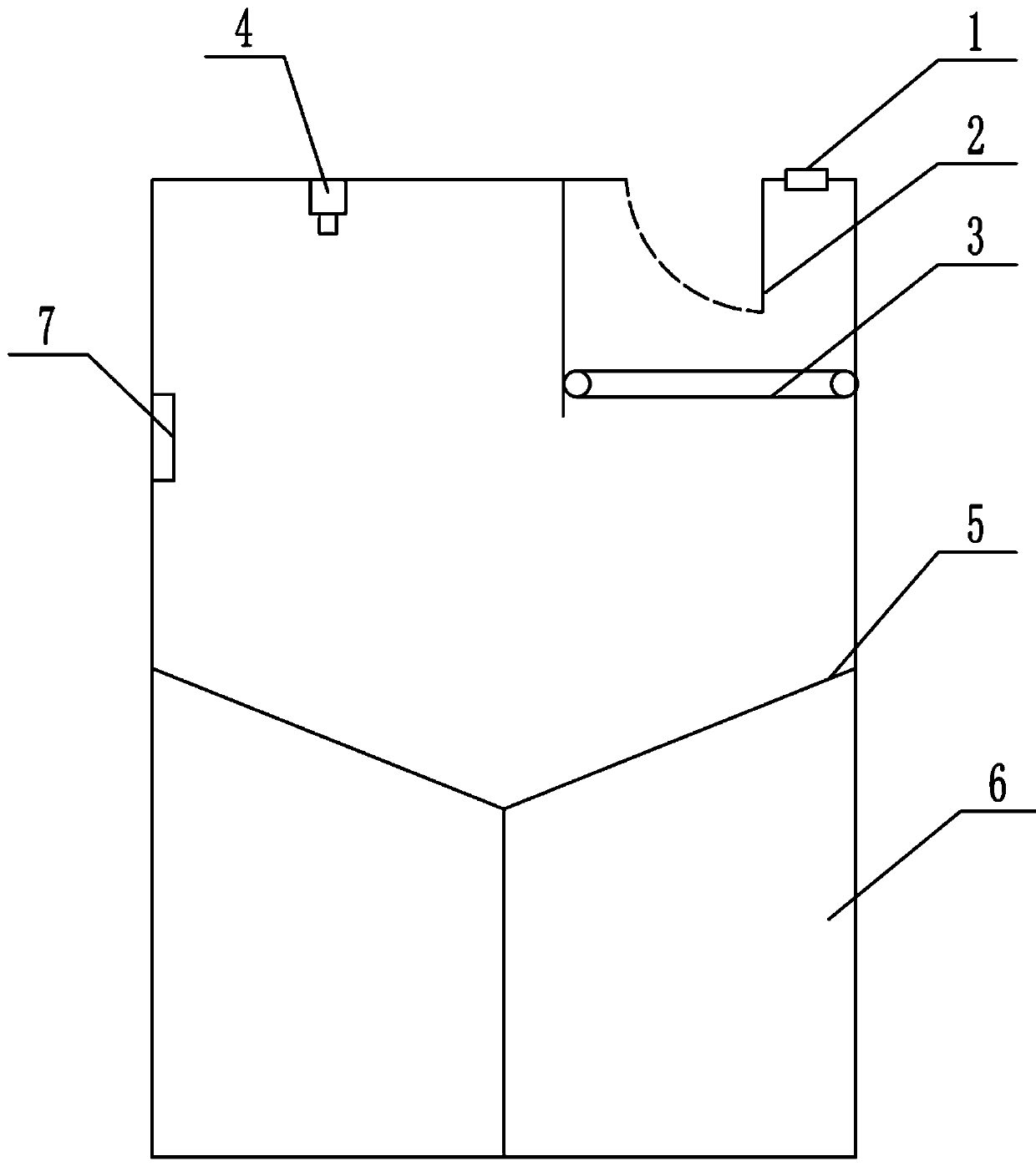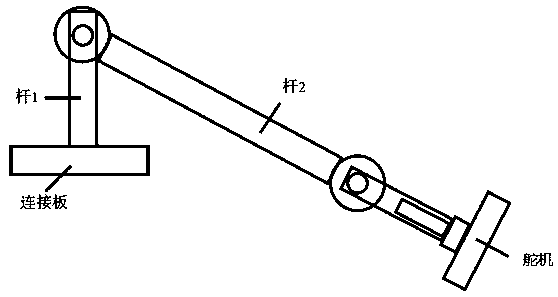Intelligent garbage can and garbage classification method based on deep learning
A technology of garbage classification and trash cans, applied in trash cans, garbage collection, waste collection and transfer, etc., can solve the problems of complex design structure, strong mechanical linkage, high energy consumption, etc., to improve recycling rate, reduce The effect of labor cost and resource waste reduction
- Summary
- Abstract
- Description
- Claims
- Application Information
AI Technical Summary
Problems solved by technology
Method used
Image
Examples
Embodiment 1
[0035] as attached figure 1 - attached image 3 Shown, a kind of intelligent dustbin, this intelligent dustbin comprises dustbin body, and the pretreatment box body and several sorting dustbins 6 that are arranged in described dustbin body;
[0036] It also includes a control device 7, a metal detection device 3, a garbage image collection device 4 and a sorting garbage bin door control device 5;
[0037] The metal detection device 3 is connected to the control device 7 for real-time collection of metal properties of garbage to be sorted and transmitted to the control device 7;
[0038] The garbage image collection device 4 is connected to the control device 7 for real-time collection of image information of garbage to be sorted and transmitted to the control device 7;
[0039] The door control device 5 of the sorting garbage bin is connected to the control device 7 for controlling the door switch of the sorting garbage bin;
[0040] The control device 7, according to the m...
Embodiment 2
[0045] The difference between this embodiment and Embodiment 1 is that: the metal detection device 6 adopts a metal coil, and the metal coil is arranged below the entrance of the trash can body. When a metal object passes, a signal is returned to the control device 7 .
[0046] The specific parameters of the metal coil are: constant voltage of 9V, power consumption of 270mw, working frequency of 22KHZ; working voltage of 7-12V; standby current <5MA; size: a coil with a diameter of 12cm. Using the principle of electromagnetic induction, metal objects passing through the coil can be detected, thereby classifying the garbage to be sorted into metal garbage and non-metal garbage.
Embodiment 3
[0048] The difference between this embodiment and Embodiment 1 is that: the garbage image collection device 4 adopts a camera, and the camera is set corresponding to the upper part of the pretreatment box. The upper parts of the doors of the four sorting garbage bins 6 form an inverted pyramid-shaped pretreatment box for temporarily storing the garbage to be sorted so that the garbage image collection device 4 collects image information of the garbage to be sorted.
[0049] The specific parameters of the camera are: 8 million pixels; photosensitive chip is Sony IMX219; CCD size: 1 / 4 inch; focal length (Focal Length): 3.04mm; field of view (FOV): 73.8 degrees; static image resolution is 3280 × 2464; supports 1080p30, 720p60 and 640 × 480p90 video recording; size: 25mm × 24mm × 9mm.
PUM
 Login to View More
Login to View More Abstract
Description
Claims
Application Information
 Login to View More
Login to View More - R&D
- Intellectual Property
- Life Sciences
- Materials
- Tech Scout
- Unparalleled Data Quality
- Higher Quality Content
- 60% Fewer Hallucinations
Browse by: Latest US Patents, China's latest patents, Technical Efficacy Thesaurus, Application Domain, Technology Topic, Popular Technical Reports.
© 2025 PatSnap. All rights reserved.Legal|Privacy policy|Modern Slavery Act Transparency Statement|Sitemap|About US| Contact US: help@patsnap.com



